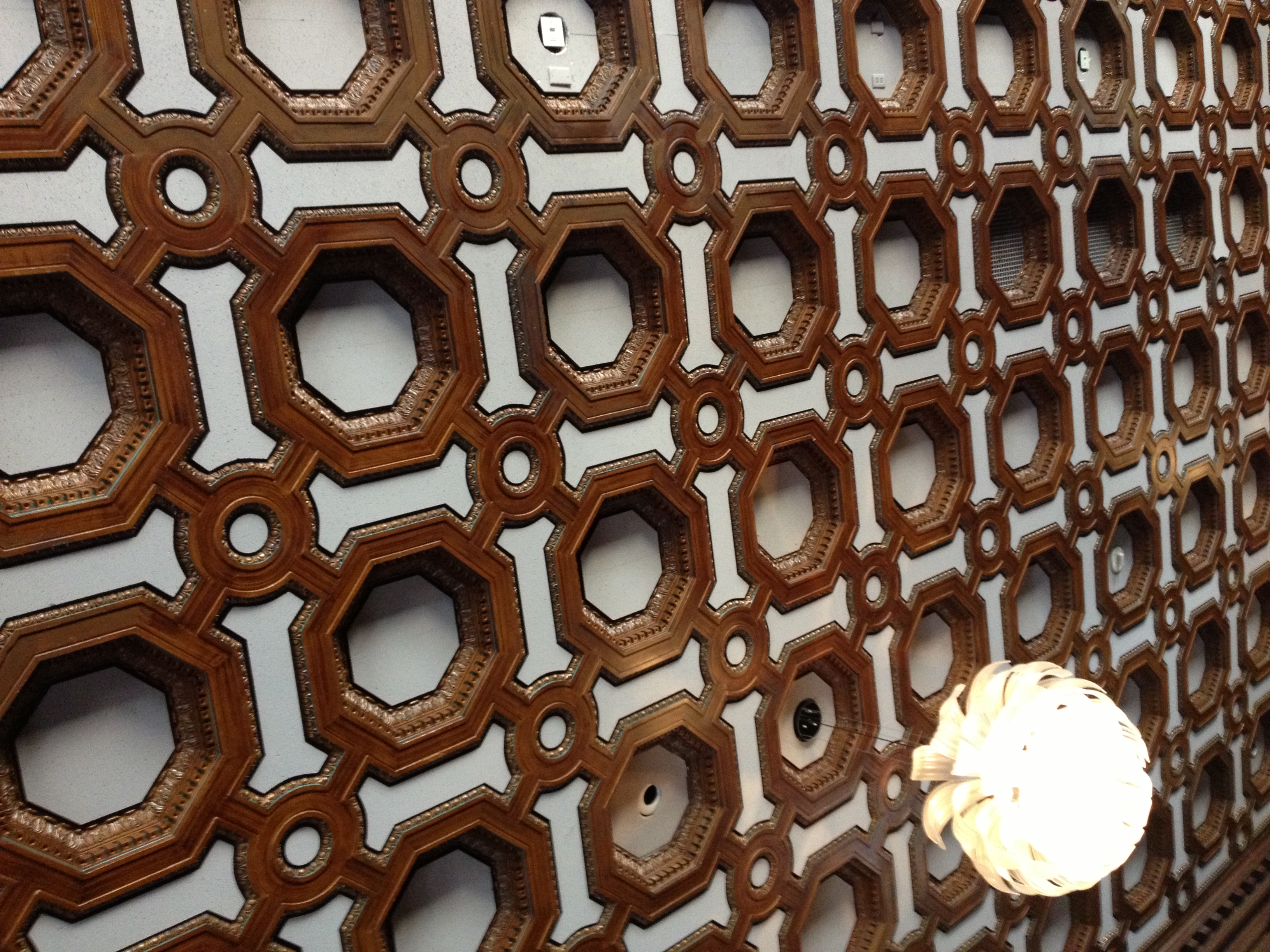Merchants Exchange Building (San Francisco) on:
[Wikipedia]
[Google]
[Amazon]
The Merchants Exchange Building is an office building located at 465 California Street, 
/ref>
 Morgan designed the new skylit, marble lobby, which led to the great hall. Morgan designed the hall's marble Ionic columns, coffered ceiling, and vaulted skylights. She also commissioned noted maritime artist
Morgan designed the new skylit, marble lobby, which led to the great hall. Morgan designed the hall's marble Ionic columns, coffered ceiling, and vaulted skylights. She also commissioned noted maritime artist
San Francisco
San Francisco (; Spanish for " Saint Francis"), officially the City and County of San Francisco, is the commercial, financial, and cultural center of Northern California. The city proper is the fourth most populous in California and 17t ...
, completed in 1904. The property is owned by real estate investor Clint Reilly.

History
The Merchants Exchange actually refers to three distinct buildings in the city's history, the first on Battery Street, and the latter two at the present site on California Street, between Montgomery Street and Leidesdorff Alley.Vernacular Language North/ref>
Predecessors
The original Battery Street building, two blocks from the current site, was a three-story brick structure built in 1851 to house the ''Merchants Exchange'', an association of city traders and businessmen. It had a library and a meeting room with bulletins on arriving ships and cargoes. Watchmen on the roof would relay messages of arriving ships to the merchants in the meeting room below, so they could then rush to the docks to meet them. The second structure, on California Street, was also three-story building, but in the Beaux-Arts style. Since it was situated more inland than its predecessor, it had a tower for the purpose of observing ships. This was succeeded by a fifteen-story skyscraper in 1904, which still stands today.Design
The skyscraper was designed by architectsDaniel Burnham
Daniel Hudson Burnham (September 4, 1846 – June 1, 1912) was an American architect and urban designer. A proponent of the '' Beaux-Arts'' movement, he may have been, "the most successful power broker the American architectural profession has ...
and Willis Polk
Willis Jefferson Polk (October 3, 1867 – September 10, 1924) was an American architect, best known for his work in San Francisco, California. For ten years, he was the West Coast representative of D.H. Burnham & Company. In 1915, Polk oversaw t ...
in Beaux-Arts, and features a modern steel-frame skeleton and a facade of Tennessee granite and brick sheathing. It was designed to carry over many of the functions of its predecessors, while also serving in the capacity of a modern office building. It had a large meeting room (serving today as a bank) and an observation tower (not in existence today). It was one of the tallest buildings in the city at the time of the 1906 San Francisco earthquake
At 05:12 Pacific Standard Time on Wednesday, April 18, 1906, the coast of Northern California was struck by a major earthquake with an estimated moment magnitude of 7.9 and a maximum Mercalli intensity of XI (''Extreme''). High-intensity ...
.
Although it was one of the few buildings to survive the quake and subsequent fires, it was heavily damaged. The City believed a quick repair would help create a sense of hope and security for many San Franciscans, and this was accomplished by Polk, with the help of nascent architect Julia Morgan.
 Morgan designed the new skylit, marble lobby, which led to the great hall. Morgan designed the hall's marble Ionic columns, coffered ceiling, and vaulted skylights. She also commissioned noted maritime artist
Morgan designed the new skylit, marble lobby, which led to the great hall. Morgan designed the hall's marble Ionic columns, coffered ceiling, and vaulted skylights. She also commissioned noted maritime artist William Coulter
William Coulter is an American Celtic music, Celtic guitarist, performer, recording artist, and teacher. Since 1981 he has explored the world of traditional music as a soloist with ensembles including Isle of Skye, Orison, and the Coulter-Philli ...
to paint the hall's five murals. Each of the 16-by-18 murals depicts a sailing scene. Originally the main meeting room, the hall is now occupied by California Bank & Trust
California Bank & Trust (CB&T) is a full-service bank specializing in consumer, commercial and wealth management services headquartered in San Diego, California. With more than 80 branches located throughout California, CB&T is a subsidiary of Z ...
. Morgan's designs also extend into the Beaux-Arts lamps and bronze eagles on the exterior. In 1907, Morgan moved her office to the thirteenth floor of the building, after her previous one was demolished by the earthquake. She kept it here for the rest of her career.
The Merchants Exchange's fifteenth floor was home to the ''Commercial Club'', a chamber for the city's politicians and socialites to powwow and address issues. After the 1906 earthquake, Mayor James Rolph carried out meetings here to plan for the 1915 Pan-Pacific Exposition, as well as fundraisers to finance it. Following renovations in 1995, the Club was renamed the Julia Morgan Ballroom.
References
{{Commons category, Merchants' Exchange Building (San Francisco) Skyscraper office buildings in San Francisco 1904 establishments in California Office buildings completed in 1904